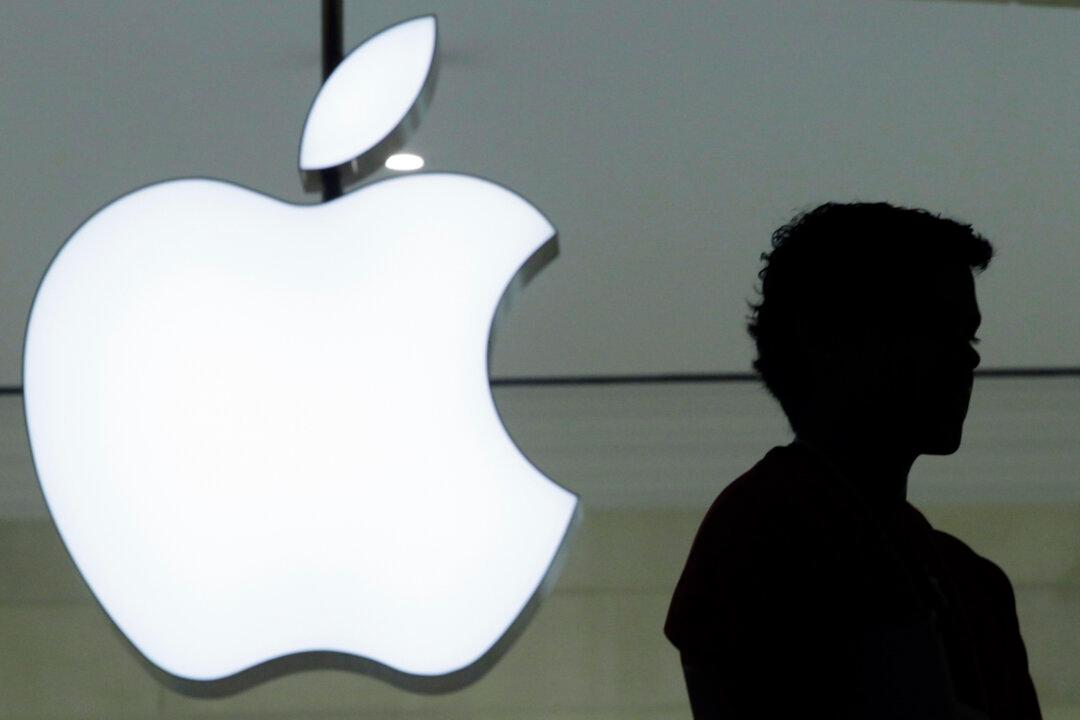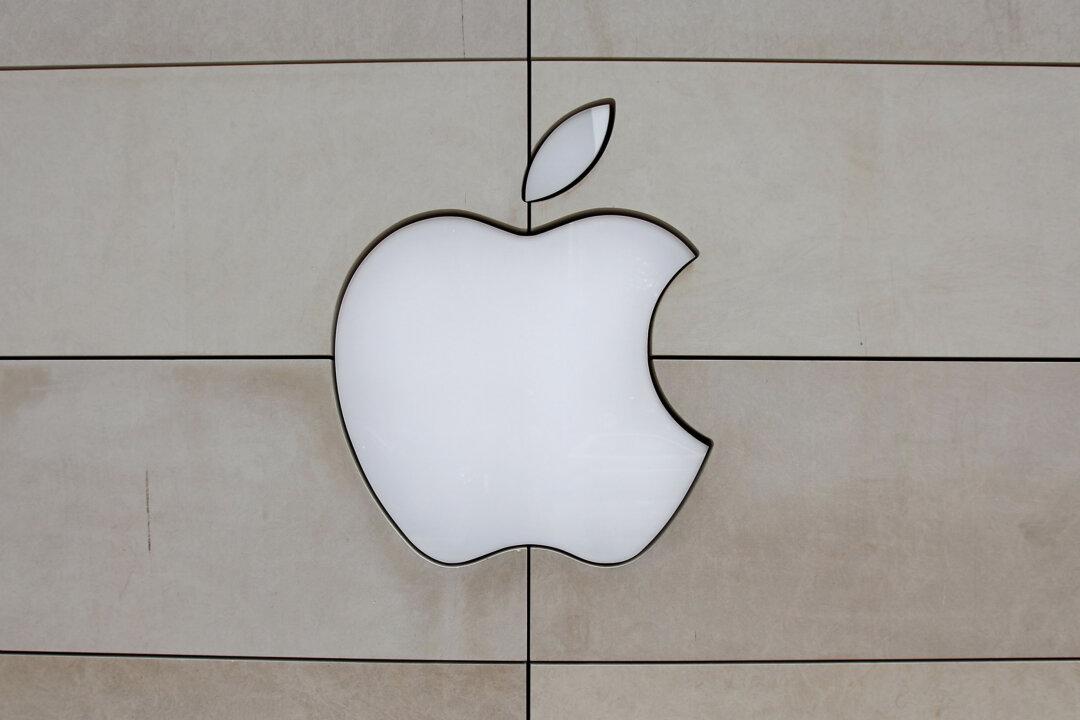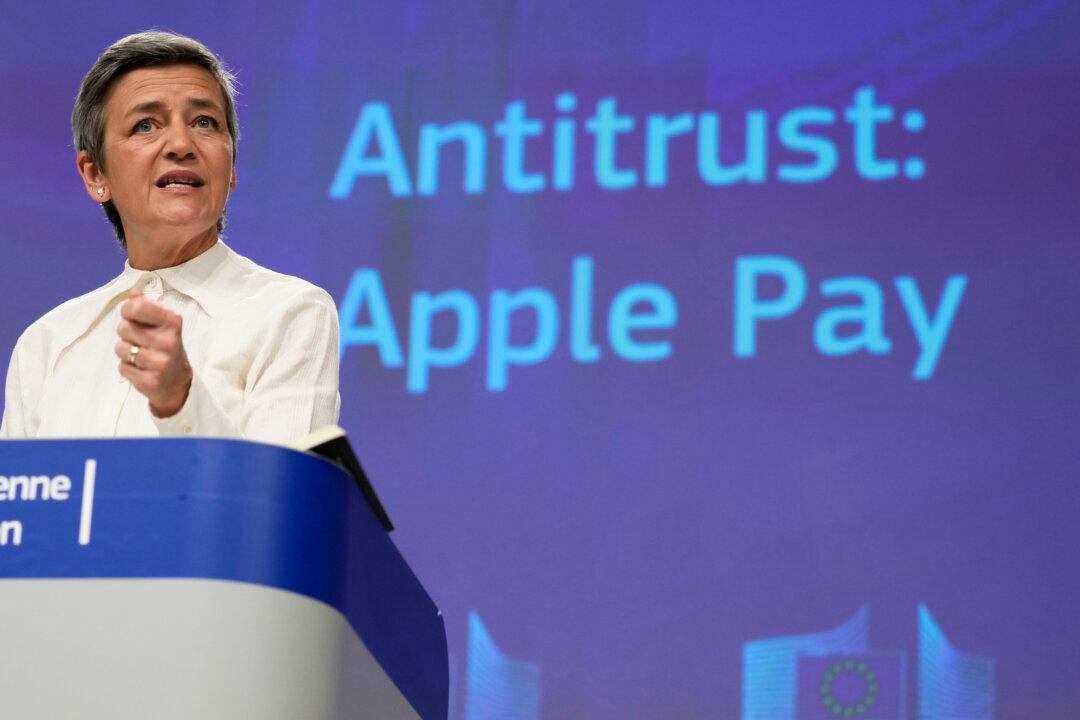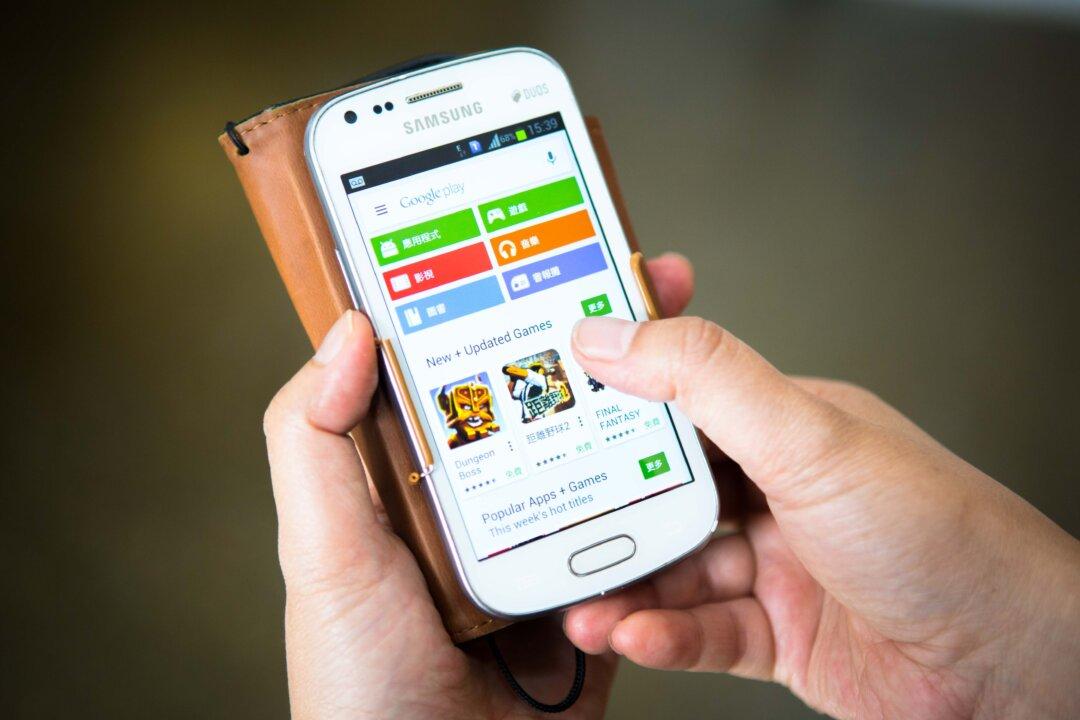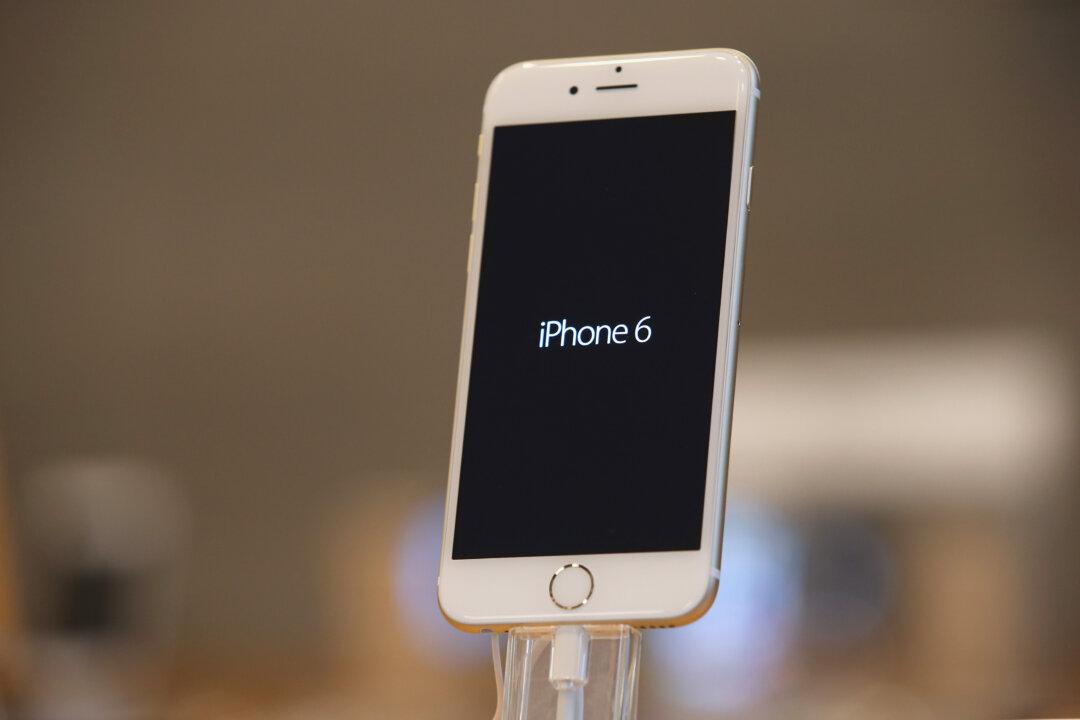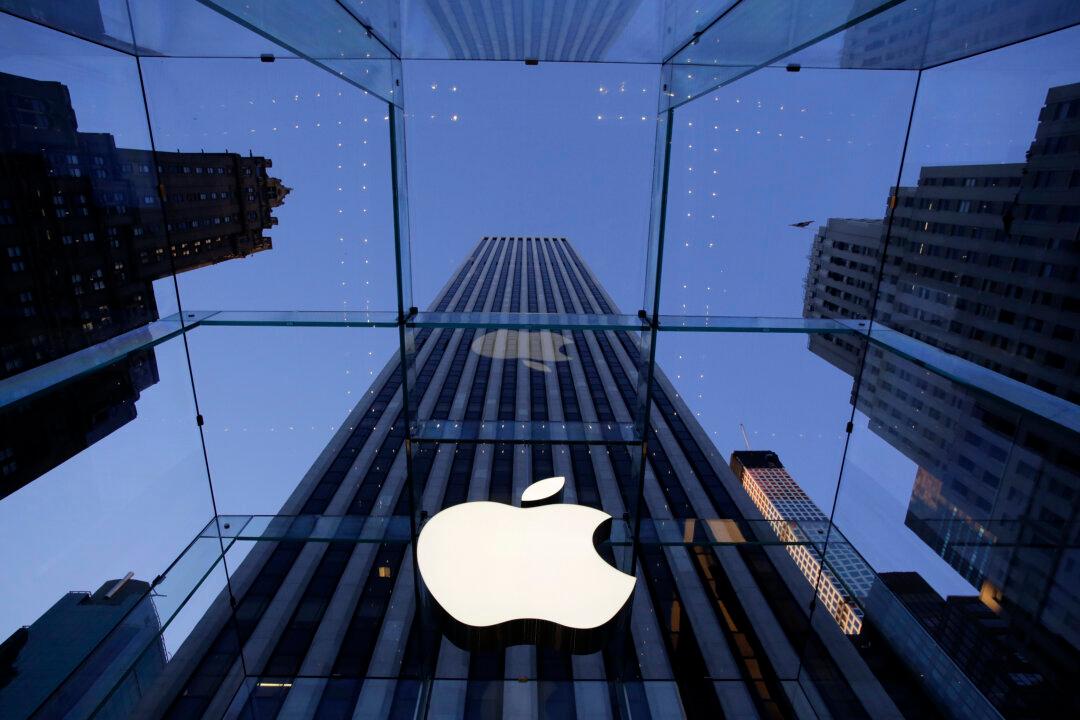Focus
Apple Pay
Apple Pay Expands as It Vies for Broader Acceptance
Apple’s year-old mobile-payments service is expanding to more countries, banks and merchants, as it faces growing competition and some challenges before it becomes as commonplace as plastic cards
|
Google Debuts Mobile-Pay Service in 2nd Try
Google’s answer to the Apple Pay mobile-payment service is debuting in the U.S., marking a do-over by the company behind the world’s most-used operating system for smartphones.
|
Top 5 iOS 9 Features
Apple took the wraps off of its hotly anticipated new iOS 9 software on Monday, and iOS device users around the world are salivating in anticipation of the new software’s release this coming fall
|
How to Remove Apple Pay Credit Cards Remotely From iCloud.com
Apple fans interested in better protecting the gadgets and Apple services they use — such as Apple Pay payments on the iPhone 6 and iPhone 6 Plus and a variety of iCloud services — can manage the security of these products online directly at Apple’s iCloud.com page, AppleInsider reports.
|
Why It Took 15 Years for Apple Pay to Roll Out
Apple Pay has launched to much fanfare. People with the iPhone 6 or 6 Plus are now able to make credit card payments at certain shops and restaurants in the US. But Apple Pay isn’t the first of its kind and the technology it uses has actually been around for the past 15 years.
|
Apple Might Just Get Pay Right
After the launch of the iPhone 6, Apple is continuing to copy existing technology with Apple Pay —and might just get it right.
|
All That You Need to Know About Apple Pay Service (Video)
The launch of the iPhone 6 was a huge success, although one factor seemed a bit strange. The iPhone 6 and 6 Plus come with an NFC chip but this chip only works in function with the Apple Pay, which had yet to be given a proper launch date. Yesterday’s announcement included a bunch of new information to answer all of the lingering questions about this new system.
|
Apple Shows Off New Gadgets, but Apple Pay Is Bigger Bet
Apple showed off thinner iPads and a new iMac with a high-resolution display on Thursday. Sleek and stunning, yes, but not likely to spark the next iRevolution. The tech giant’s bigger strategic bet is that mobile pay service Apple Pay, debuting Monday, will be the next thing you didn’t know you needed — but now can’t live without.
|
Apple Pay Expands as It Vies for Broader Acceptance
Apple’s year-old mobile-payments service is expanding to more countries, banks and merchants, as it faces growing competition and some challenges before it becomes as commonplace as plastic cards
|
Google Debuts Mobile-Pay Service in 2nd Try
Google’s answer to the Apple Pay mobile-payment service is debuting in the U.S., marking a do-over by the company behind the world’s most-used operating system for smartphones.
|
Top 5 iOS 9 Features
Apple took the wraps off of its hotly anticipated new iOS 9 software on Monday, and iOS device users around the world are salivating in anticipation of the new software’s release this coming fall
|
How to Remove Apple Pay Credit Cards Remotely From iCloud.com
Apple fans interested in better protecting the gadgets and Apple services they use — such as Apple Pay payments on the iPhone 6 and iPhone 6 Plus and a variety of iCloud services — can manage the security of these products online directly at Apple’s iCloud.com page, AppleInsider reports.
|
Why It Took 15 Years for Apple Pay to Roll Out
Apple Pay has launched to much fanfare. People with the iPhone 6 or 6 Plus are now able to make credit card payments at certain shops and restaurants in the US. But Apple Pay isn’t the first of its kind and the technology it uses has actually been around for the past 15 years.
|
Apple Might Just Get Pay Right
After the launch of the iPhone 6, Apple is continuing to copy existing technology with Apple Pay —and might just get it right.
|
All That You Need to Know About Apple Pay Service (Video)
The launch of the iPhone 6 was a huge success, although one factor seemed a bit strange. The iPhone 6 and 6 Plus come with an NFC chip but this chip only works in function with the Apple Pay, which had yet to be given a proper launch date. Yesterday’s announcement included a bunch of new information to answer all of the lingering questions about this new system.
|
Apple Shows Off New Gadgets, but Apple Pay Is Bigger Bet
Apple showed off thinner iPads and a new iMac with a high-resolution display on Thursday. Sleek and stunning, yes, but not likely to spark the next iRevolution. The tech giant’s bigger strategic bet is that mobile pay service Apple Pay, debuting Monday, will be the next thing you didn’t know you needed — but now can’t live without.
|

